10 Really Handy Tricks To Get Rid Of Dandruff
Dandruff is a scalp condition characterized by flaking of the skin and scalp due to a condition known as seborrheic dermatitis. It is often accompanied by itching of the scalp. Dandruff may also be caused by psoriasis and eczema. In rare cases, it may be due to an overgrowth of a fungus called Malassezia. Dandruff shampoos can be purchased to target bacteria and fungus while loosening and washing away dead skin cells on the scalp. Here are more handy ways to get rid of dandruff.
10. Tea Tree Oil
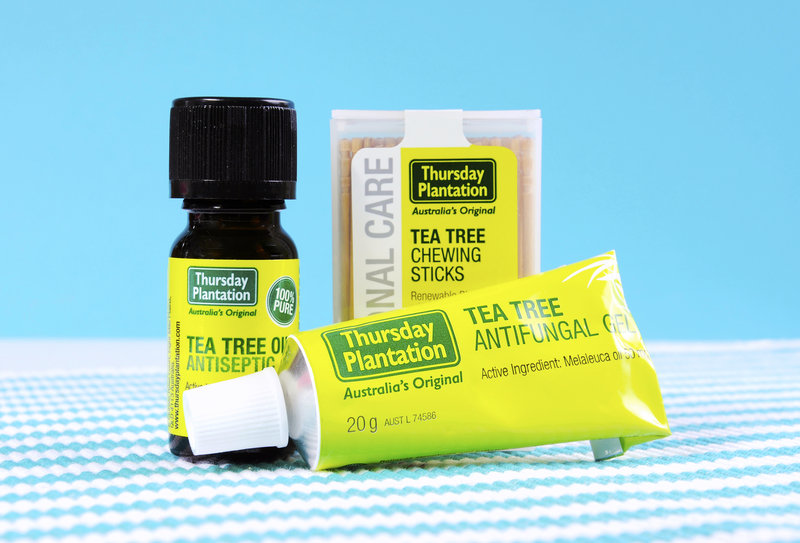
Tea tree essential oil is loaded with antifungal, antibacterial, antimicrobial, and anti-inflammatory properties, making it excellent to use in any homemade skin remedy. It has healing properties that reduce scalp itching and flaking. One study found that shampoos with as little as five percent tea tree oil are effective in reducing dandruff. These shampoos can be store-bought or created at home by adding a few drops of tea tree essential oil to daily shampoo or conditioner.
9. Aspirin
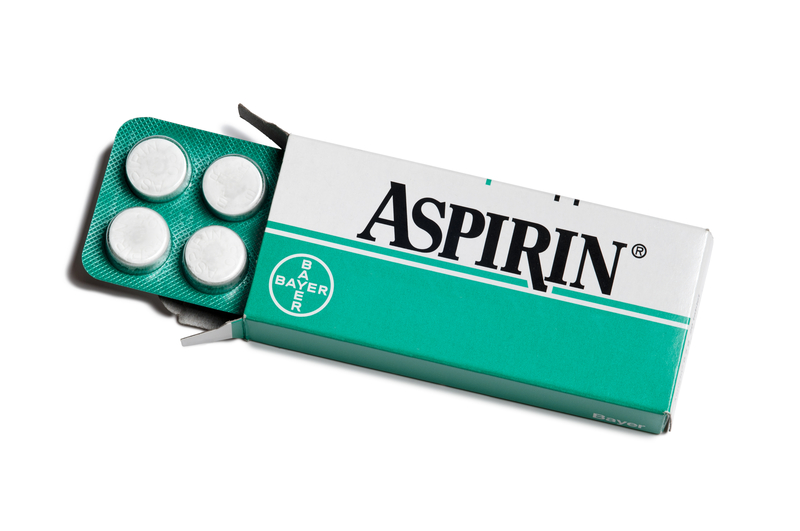
Aspirin contains salicylic acid, which is the same active ingredient found in many medicated dandruff shampoos. Creating homemade medical dandruff shampoo is as easy as crushing two aspirin pills into a fine powder and adding to the regular amount of shampoo used daily in the shower. Leave the mixture on hair for one to two minutes and be sure to rinse thoroughly. It might be a good idea to wash hair a second time without aspirin to make sure it is all out.
8. Apple Cider Vinegar

Apple cider vinegar is naturally alkaline and helps reduce the acidity of the scalp, making it harder for a fungus to grow. It is also a good source of acetic acid, which is found in many store-bought dandruff products, as well as “good” bacteria to restore the pH balance of dry, itchy scalps. Mix one cup of organic, unfiltered apple cider vinegar with one-quarter cups of water in a spray bottle and spray scalp thoroughly. Wait fifteen minutes to an hour and wash hair as usual.
7. Baking Soda
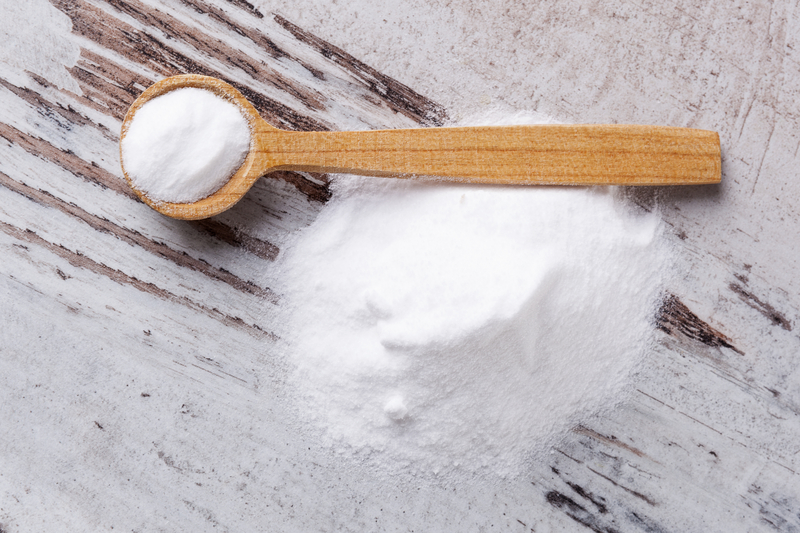
Baking soda is one household ingredient that can be used in more than just the kitchen. It has antifungal properties that can be used to kill fungus and reduce itching associated with dandruff. Instead of shampooing with chemical-laden products, skip the shampoo and go right for the baking soda. Wet hair and wash with baking soda. As washing with baking soda alone may make hair dry and stiff, try adding some tea tree oil to keep it moisturized.
6. Mouthwash
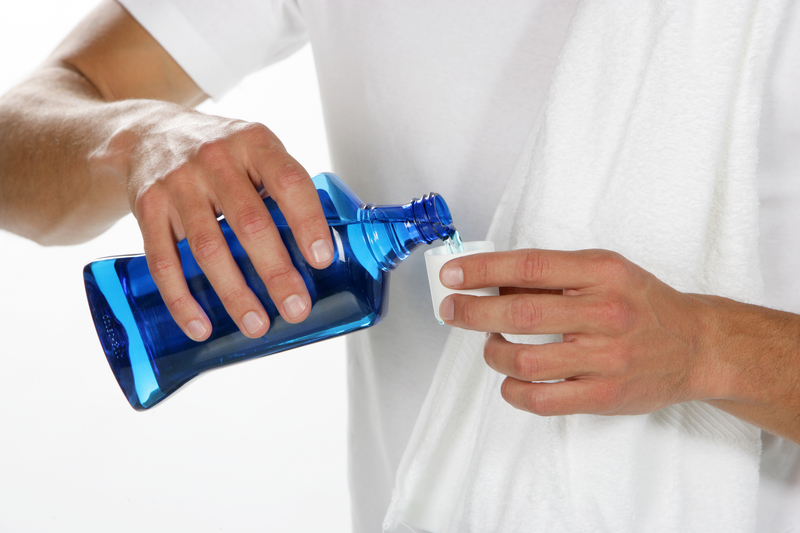
Mouthwash contains anti-fungal properties that fight fungus of the scalp similar to the way it fights bacteria and fungus from growing in the mouth. For best results, use a mouthwash without any added harsh chemicals or irritants that can further dry out the scalp. Wash hair as usual with regular shampoo and then rinse with an alcohol-based mouthwash. Rinse the mouthwash out and follow with conditioner. Spraying the scalp with mouthwash and letting it sit for a few minutes before washing hair in the shower also works.
5. Coconut Oil
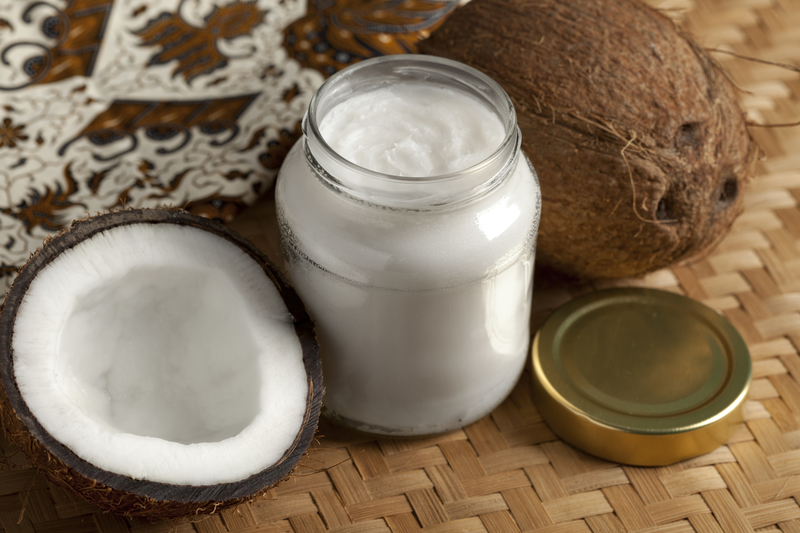
Coconut oil is an excellent way to naturally moisturize a dry, itchy scalp while providing anti-inflammatory, antibacterial, antifungal, antimicrobial, and antiviral properties. It kills and prevents the spread of fungus while keeping the scalp moisturized, so flakes do not form. Before showering, add three to five tablespoons of coconut oil to hair and massage in. Let it sit for about an hour before washing out. Or purchase a natural brand of shampoo that uses organic, unrefined coconut oil as its base.
4. Epsom Salt
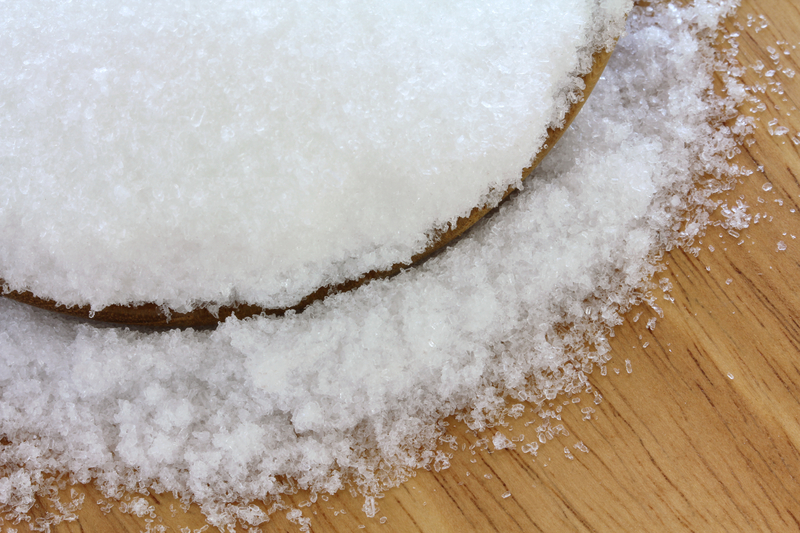
Epsom salt is great for drawing moisture and excess oil out of the hair, which is what fungus love to thrive on. Epsom salt is also an excellent exfoliant for dry skin to help get rid of dry, itchy flakes. Pour a handful of Epsom salt into palms and work into wet hair. Epsom salt will naturally dissolve in warm water, so make sure hair is damp and not soaked. Rub into scalp to exfoliate flakes. Rinse salt out of hair and use shampoo and conditioner as normal.
3. Lemon
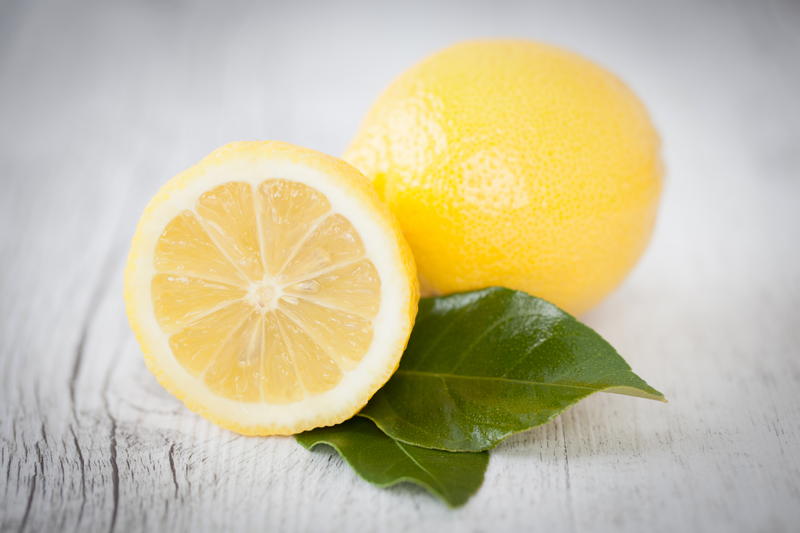
Lemon is perfect for cleansing. It has been shown to purify the blood, restore pH levels, and clear toxins, making it an excellent way to kill fungus on the scalp that may be causing dandruff. Massage two tablespoons of fresh squeezed lemon juice into hair and scalp and then rinse. Or stir one cup of water with one teaspoon of lemon juice and rinse hair with it in the shower in between normal shampooing and conditioning.
2. Aloe Vera
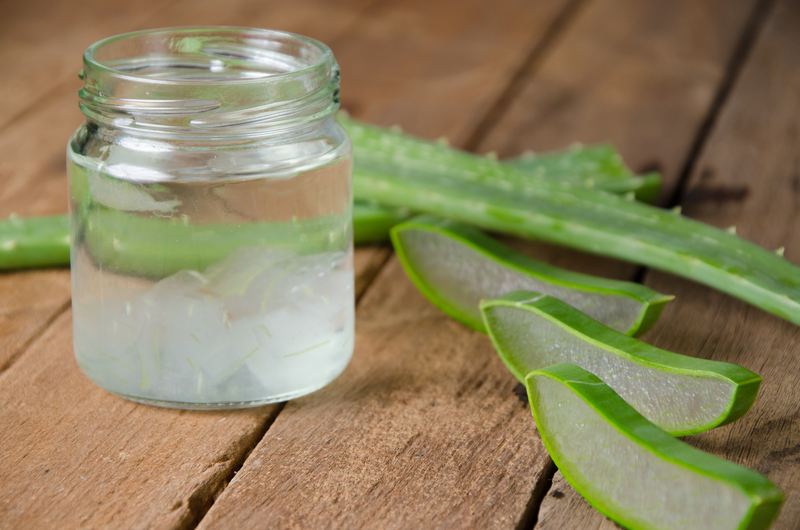
Aloe Vera has cooling and soothing effects that may help provide relief to dry, itchy scalps. It also contains antibacterial and anti-inflammatory abilities that may help prevent dandruff from reoccurring. Apply a brand of organic, one hundred percent aloe vera to the scalp before jumping in the shower. Let it sit several minutes before washing out. Or use it in between shampooing and conditioning. Applying Aloe Vera or olive oil to the scalp and sleeping with it overnight is another great way to provide relief.
1. Garlic
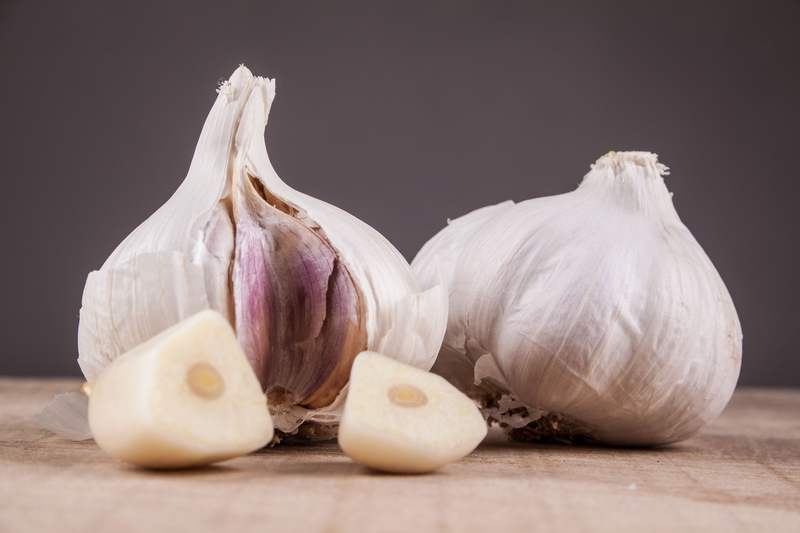
It might not smell the best, but garlic has medicinal properties to cure dandruff better than many dandruff shampoos. Garlic has potent antifungal, antiviral, antibiotic, antimicrobial, and antibacterial properties to wash away any fungal condition that might be causing dandruff. Crush a few cloves of garlic and rub them into the scalp. To form a paste and to avoid smelling like garlic all day, combine the crushed garlic with raw honey and apply the paste to the scalp. Let the mixture sit for several minutes before washing out.